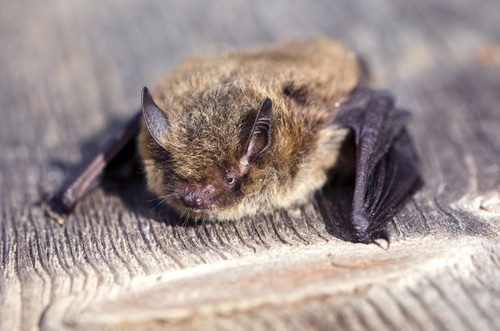Contact us today for a free quote.
Undertaking a Bat Hibernation Survey
What is a Bat Hibernation Survey?
There are many different types of bat surveys, including bat hibernation surveys. A Bat hibernation survey should be carried out to assess the potential for roosts of hibernating bats on, or in the vicinity of a development site. If hibernating bats are present on a development site, avoidance and mitigation methods may be required to limit the negative impacts of development on the hibernating bats roosting in the area.
Why Would a Bat Hibernation Survey be Required?
Bat surveys are usually undertaken for development sites so that they can inform a planning application and determine presence of bats within a tree, structure, or building. As bats are a protected species, it is an offence to intentionally kill, capture, or injure any species of bat. It is also illegal for a person to disturb, or destroy the habitat, shelter, or breeding place of bats. It is for this reason that a bat survey will be required for many planning applications.

A survey for bats will determine whether bats are present on a developments site, and it will assess whether the development will have a negative impact on those bats.
The local planning authority will usually provide advice on whether bat and hibernating bat surveys are required. All protected species surveys should ideally be completed prior to submission of a planning application. This is so that confidence can be gained that the development, if approved, can secure appropriate mitigating measures for any impact on bats.
If bat activity is found during a bat survey in the summer months, a bat hibernation survey may be required during the winter to establish whether the area is also used by hibernating bats. If both hibernating bats, and summer roosting bats are found to be present on the development site, a licence will be required for both types of bat.
Carrying Out a Bat Hibernation Survey
A bat hibernation survey may be required during the winter to establish whether the area is also used by hibernating bats. This will be required if the structure displays suitability for hibernating bats. If hibernating bats, are found to be present on the development site, a Natural England licence will be required for development to proceed.
A bat hibernation survey will usually be carried out using endoscopy and automated bat detector surveys. All surveys should be carried out in line with the Bat Conservation Trust, Known as BCT, Best Practice Guidance as set out in Collins (2018).
How Can Collington Winter Environmental Assist?
Collington Winter Environmental are a team of ecological consultants with extensive experience in undertaking bat and hibernating bat surveys on all types of development projects. Our Ecology Director, Olivia Collington, holds a Natural England Bat licence, and has worked with protected species across the UK, undertaking field surveys and writing scientific reports for submission at planning.
Please get in touch with our Ecology Director Olivia Collington (Olivia.collington@collingtonwinter.co.uk) for more information on protected species surveys (such as those in relation to Bats, Great Crested Newts, or Badgers) and mitigation. We also provide ecological appraisal and assessment services.
Our Director Jane Winter also provides landscape architecture services.
Contact Us
Registered Address
23 Bark Street East, 1st Floor, Bolton, BL1 2BQ
Cambridge Office
Future Business Centre, Cambridge Campus, Kings Hedges Road, Cambridge, CB4 2HY
Telephone
Head Office: 01204 939 608
Dumfries Office: 01387 378208

